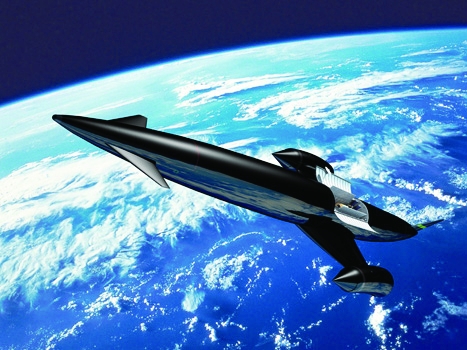The Engineer Q&A: SABRE
This is your chance to ask the team behind one of the UK’s most exciting engineering projects, Skylon, about the technology behind its revolutionary air-breathing rocket engine, SABRE.
One of the UK’s most exciting engineering projects, the effort to develop and build Skylon, a single-stage-to-orbit spacecraft, has captured the imaginations of people both inside and outside the sector.

The team behind Skylon, at Culham-based Reaction Engines, has agreed to answer questions from readers of The Engineer about the propulsion system that will send Skylon into space.
The SABRE engine is unlike any technology that has been previously used for spaceflight.
Conventional launchers carry both their fuel and oxygen on-board, mixing and burning them to provide thrust.
SABRE, by contrast, uses the oxygen in the atmosphere, while it is available, to burn its hydrogen fuel, switching to on-board liquid oxygen only when the air is too thin to provide enough.
To achieve this, the air must be cooled drastically and rapidly as it enters the engine, and Reaction Engines has developed a new type of lightweight heat exchanger, combined with a frost control system, which uses the cold liquid hydrogen fuel as a chilling agent.
Register now to continue reading
Thanks for visiting The Engineer. You’ve now reached your monthly limit of news stories. Register for free to unlock unlimited access to all of our news coverage, as well as premium content including opinion, in-depth features and special reports.
Benefits of registering
-
In-depth insights and coverage of key emerging trends
-
Unrestricted access to special reports throughout the year
-
Daily technology news delivered straight to your inbox










Water Sector Talent Exodus Could Cripple The Sector
Well let´s do a little experiment. My last (10.4.25) half-yearly water/waste water bill from Severn Trent was £98.29. How much does not-for-profit Dŵr...